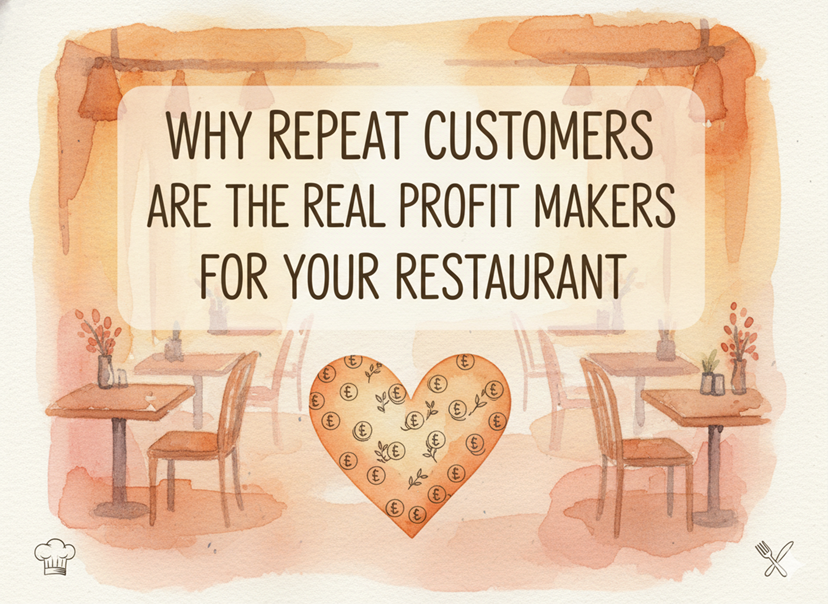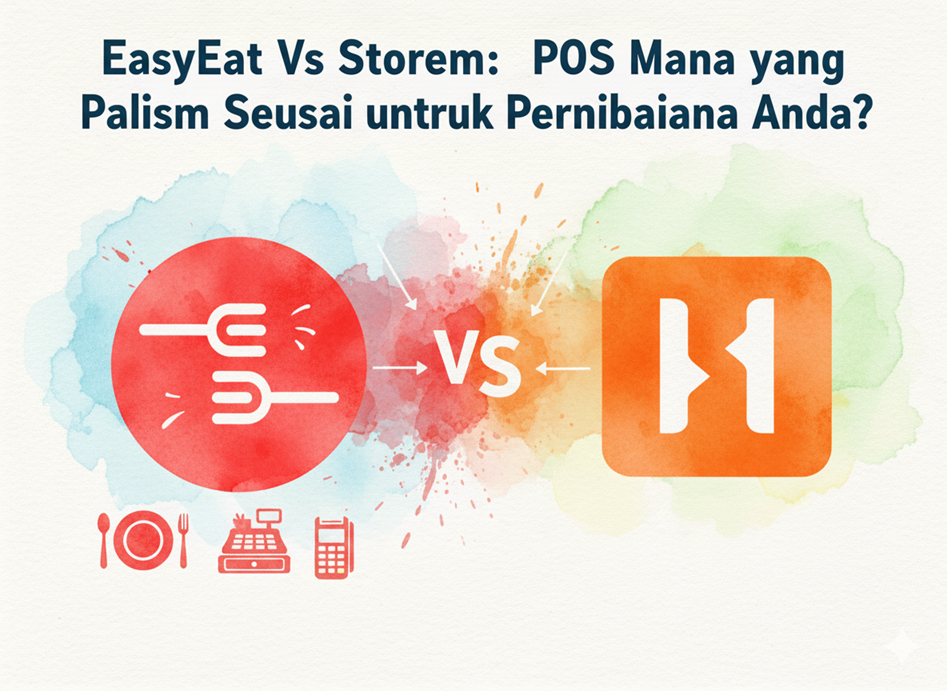Every aspect of operations, from order management to customer satisfaction, plays a crucial role in determining success. In this digital age, where technology reigns supreme, integrating advanced ordering systems has become a necessity rather than a luxury. Let’s delve into how these systems revolutionize restaurant operations, focusing on other important tasks, reducing the likelihood of errors, and enhancing overall efficiency.
Enhanced Customer Experience
A well-designed ordering system is more than just a means to place orders; it’s a gateway to an enhanced customer experience. Imagine a platform where customers can customize their orders, view order history, and receive real-time updates on their delivery status. Such conveniences not only delight customers but also foster loyalty. Personalization and instant gratification are no longer luxuries but expectations in today’s competitive landscape.
Improved Order Accuracy
Manual order-taking is prone to errors and miscommunication, leading to customer dissatisfaction. However, with an integrated ordering system, the margin for error is significantly reduced. Orders are accurately recorded and processed, ensuring customers receive exactly what they desire. This heightened level of accuracy translates to increased customer satisfaction and repeat business.
Upselling and Cross-selling Opportunities
One of the often-overlooked benefits of advanced ordering systems is their capability to drive upselling and cross-selling opportunities. By analyzing customer preferences and order history using AI, these systems give recommendations of complementary items or promotions, thereby increasing the average order value. Whether it’s enticing customers to try new dishes or adding tempting add-ons, these systems serve as invaluable tools for boosting revenue.
Different Types of Restaurant Ordering Systems
Now, let’s explore the various types of ordering systems available to restaurants:
a. In-house POS Systems: Traditional Point of Sale (POS) systems are installed on-premises and handle both order management and payment processing. While suitable for dine-in and takeout orders, they may lack the capabilities required for efficient delivery operations.
b. Web-based Ordering Systems: Accessed through a web browser, these systems offer online ordering capabilities for customers. They can be seamlessly integrated with existing POS systems or operate as stand-alone solutions, providing flexibility and convenience.
c. Mobile Ordering Apps: With the ubiquity of smartphones, mobile apps have emerged as a popular choice for placing orders. Offering features such as loyalty programs, order history, and personalized recommendations, these apps provide an engaging and convenient ordering experience for customers on the go.
FAQs
- How do advanced ordering systems impact restaurant staff roles and responsibilities?
Advanced ordering systems can significantly impact restaurant staff roles and responsibilities by automating various tasks that were previously performed manually. For instance, instead of manually taking orders, staff members may focus more on food preparation, ensuring quality and efficiency in the kitchen. Additionally, staff may be tasked with monitoring and managing the ordering system, addressing any technical issues that arise, and providing customer support when necessary. Overall, these systems can streamline operations, allowing staff to allocate their time more effectively and focus on tasks that require human intervention.
- Can these ordering systems adapt to various types of cuisines and restaurant formats, or are they more suited to specific types of establishments?
Most advanced ordering systems are designed to be flexible and adaptable to various types of cuisines and restaurant formats. Whether it’s a fast-food chain, a fine dining establishment, or a food truck, these systems can typically accommodate different menu structures, pricing models, and ordering workflows. However, some systems may offer specialized features or integrations tailored to specific types of establishments. For example, a delivery-focused restaurant may require advanced routing and dispatching capabilities, while a dine-in restaurant may prioritize table management and reservation systems. It’s essential for restaurant owners to evaluate their specific needs and choose an ordering system that aligns with their business requirements.
In conclusion, the adoption of restaurant ordering systems is no longer a choice but a necessity for staying competitive in the ever-evolving landscape of the restaurant industry. By streamlining the ordering process, enhancing customer experience, and increasing efficiency, restaurants can set themselves apart and attract a larger customer base.



